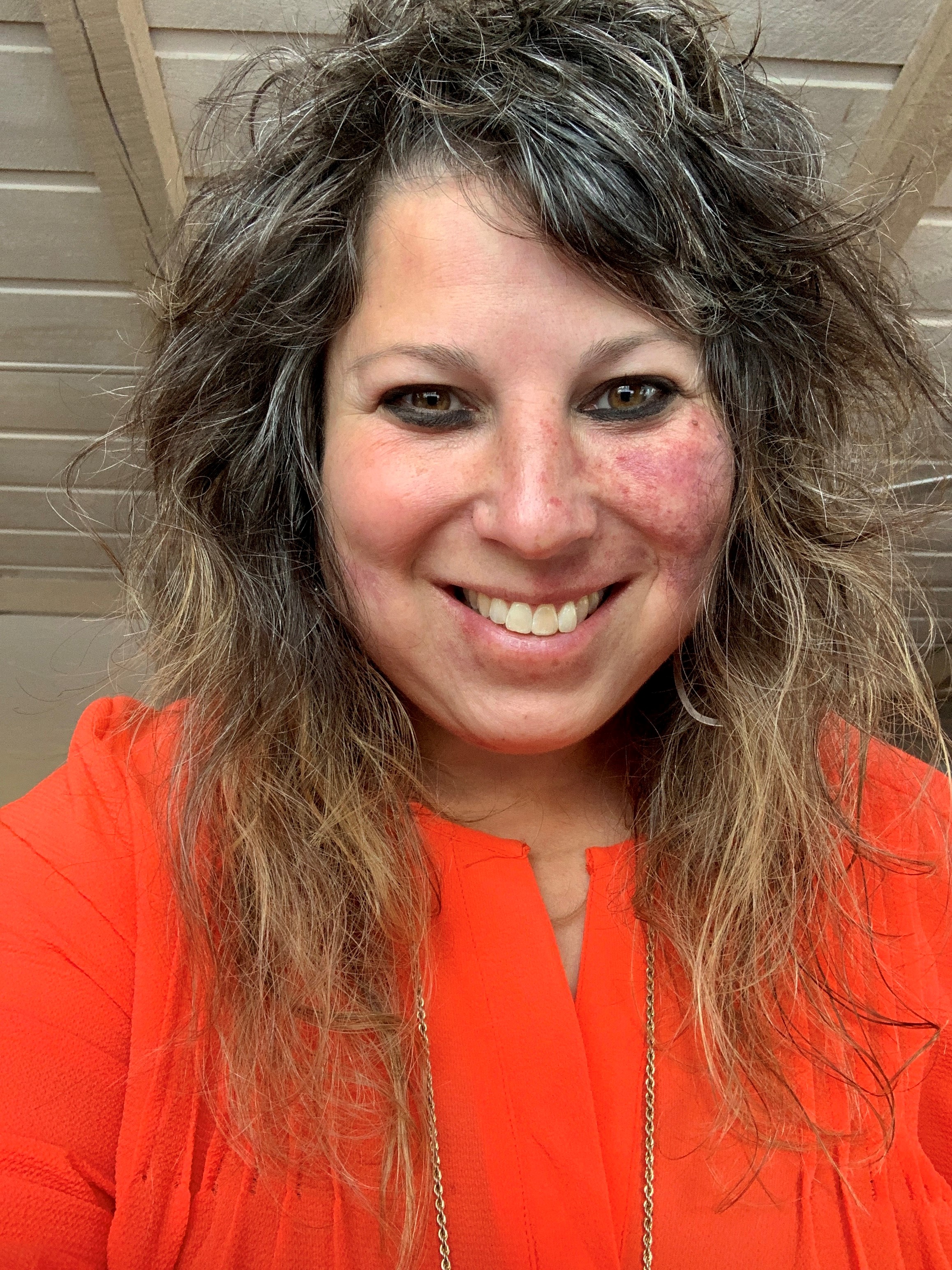Dance may boost memory in older Latino adults, according to new research
A new study has found that Latino adults who participated in dance lessons showed significant improvements in their memory.
The research, published in the journal Frontiers in Aging Neuroscience, was led by Susan Aguiñaga, PhD, professor of kinesiology and community health at the University of Illinois Urbana-Champaign.
According to the study, Latinos aged 55 and over who participated in Balance and Activity in Latinos Addressing Mobility in Older Adults – or BAILAMOS - for eight months significantly improved their working memory compared with peers in the control group who attended health education workshops.
To conduct the study, a total of 333 participants were randomized to either BAILAMOS, a program that incorporates four types of Latin dance styles: merengue, salsa, bachata, and cha cha cha, or a health education control group. Participants in the dance group met twice weekly for dance lessons taught by a professional instructor for the first four months and later by a “program champion” – an outstanding participant in each group who displayed enthusiasm and leadership qualities. The programs champions were selected and trained by the instructor to lead the sessions during the four-month maintenance phase.
Those in the health education group met once a week for two hours to discuss topics such as nutrition, diabetes, and stress reduction.
Participants’ working memory – along with their episodic memory and executive function – was assessed with a set of seven neuropsychological tests before the intervention began, when it concluded after four months, and again at the end of the maintenance phase, according to the study. Participants also completed questionnaires that assessed the number of minutes per week they engaged in light, moderate, and vigorous physical activity through tasks associated with their employment, leisure activities, household maintenance, and other activities.
According to the study, at four months, investigators found no differences in any of the cognitive measures between the dance participants and their counterparts in the health education group. However, after eight months, people in the dance group performed significantly better on tests that assessed their working memory.
“That’s probably one of the most important findings – we saw cognitive changes after eight months, where participants themselves had been leading the dance classes during the maintenance phase,” Aguiñaga said in a statement. “All of our previous studies were three or four months long. The take-home message here is we need longer programs to show effects. But to make these programs sustainable and create a culture of health, we also need to empower participants to conduct these activities themselves and make them their own.”




















SHARE